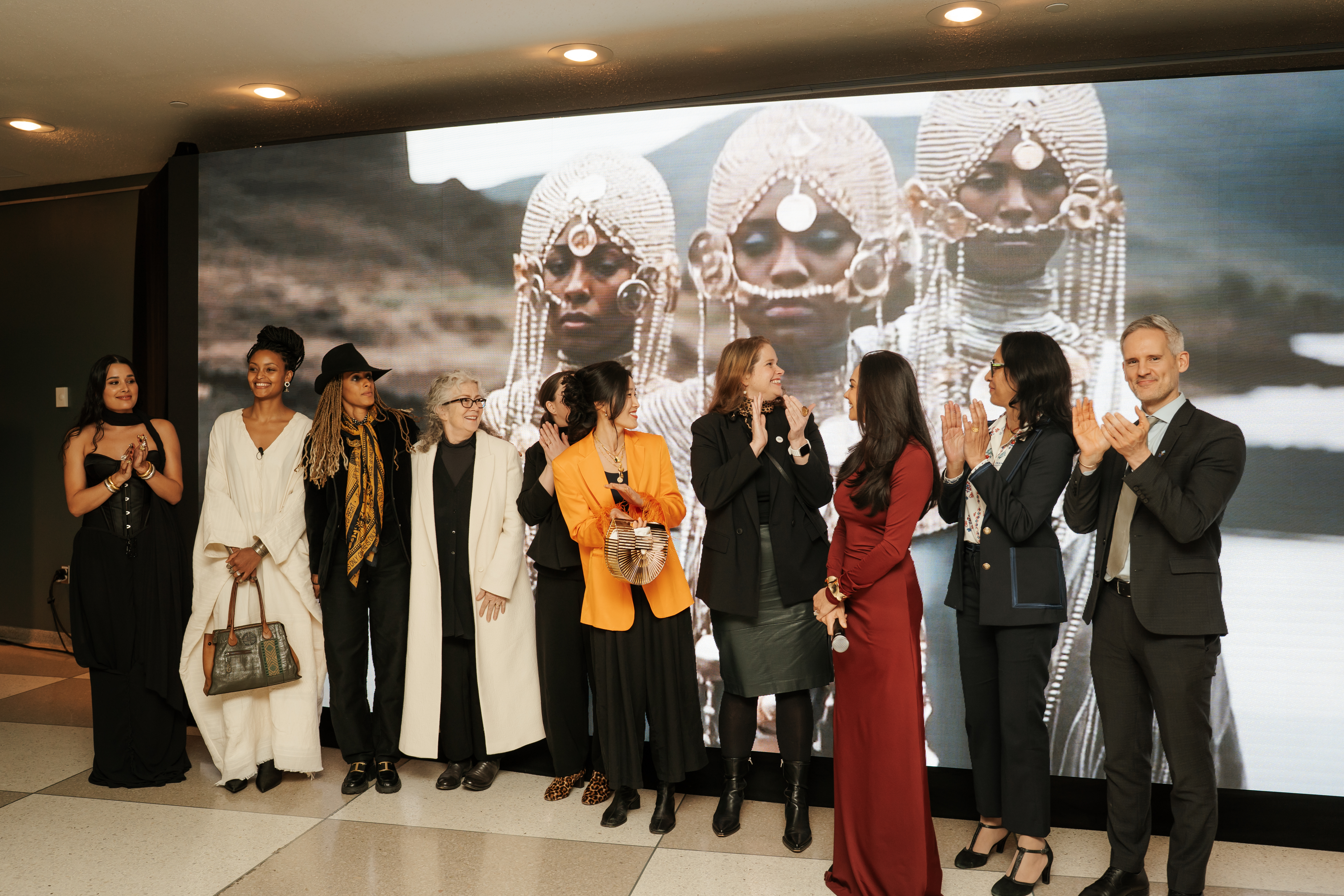Every space tells a story. Whether it’s a hospital lobby, a corporate headquarters, or a luxury hotel, the design of an environment communicates values before a single word is spoken. But in a world oversaturated with visual noise and digital distraction, cultural relevance has become the defining measure of whether a space resonates or falls flat.
To be culturally relevant is to be alive in the present moment while also rooted in timeless human needs: connection, meaning, and beauty. A culturally relevant space doesn’t just function, it participates in the cultural dialogue of its time, leaving those who enter feeling both grounded and inspired.
A culturally relevant space is one that embodies three essential qualities:
Contextual Alignment – The design speaks to the ethos of the institution it serves. A hospital that champions innovation should reflect cutting-edge wellness environments. A global tech headquarters should feel like the future of work, not the past.
Evolving Expression – Culture shifts. Art, music, and design trends are fluid. A culturally relevant space keeps pace with these shifts, ensuring its voice remains fresh, rather than static or stale.
Emotional Resonance – Spaces should move people. Research in neuroaesthetics proves that environments rich with beauty, nature, and art reduce stress, heighten focus, and inspire creativity. A culturally relevant space is one where visitors leave changed, even if subtly.
A truly relevant space is not one you simply pass through. It is one that passes through you.
In the past, cultural resonance in design was conveyed through architecture, furnishings, and traditional artworks. Today, digital art expands this canvas. It allows spaces to breathe, adapt, and respond.
Dynamic Storytelling: Digital canvases can evolve with the seasons, align with cultural milestones, or reflect the spirit of a brand in real time.
Inclusive Voices: Global digital artists bring diverse perspectives, ensuring spaces resonate across cultures, generations, and experiences.
Scalable Transformation: What once required costly architectural overhaul can now be achieved through content updates, turning walls into living environments.
When thoughtfully curated, digital art isn’t just content, it’s culture in motion.
Despite enormous investment in architecture and design, many spaces fail to achieve cultural relevance. The reasons are predictable:
Generic Content Loops: Screens filled with stock visuals or corporate slides quickly become invisible.
One-and-Done Installations: Static art that never changes eventually fades into background noise.
Lack of Cultural Awareness: Spaces designed in isolation from the communities they serve risk irrelevance.
The result? Environments that feel sterile, disconnected, or worse—forgotten.
To design spaces that matter, consider this framework:
Listen First: Cultural relevance begins with empathy. Understand the people who will inhabit your space—their aspirations, stressors, and cultural touchpoints.
Curate, Don’t Decorate: Every piece of art or design element should be chosen not just for beauty, but for meaning and resonance.
Evolve Continuously: Treat your space as a living organism. Curate digital experiences that change, surprise, and delight.
Measure Impact: Use data: dwell time, emotional analytics and surveys to understand how people engage. Cultural relevance is both felt and measurable.
Hospitals as Healing Environments: Research shows immersive digital art reduces patient anxiety and accelerates healing. Culturally relevant healthcare spaces humanize clinical settings through art, music, and light.
Workplaces as Cultural Beacons: Companies like OpenAI and Google invest heavily in experiences that reflect their values. Immersive art installations become symbols of innovation, inclusion, and belonging.
Hospitality as Memory-Makers: Luxury hotels that integrate digital art transform stays into cultural journeys. Guests don’t just remember the room, they remember how it made them feel.
In the near future, cultural relevance won’t be optional—it will be the baseline expectation. Spaces that fail to evolve will fade into irrelevance. Spaces that embrace culture as a living operating system will lead industries, inspire loyalty, and define the next era of human experience.
ArtRepublic exists for this reason. Through our Curation-as-a-Service™ model, we ensure digital displays pulse with world-class, culturally relevant art 365 days a year. We bring visionaries together with artists, transforming built environments into unforgettable cultural touchpoints.
Designing culturally relevant spaces is not about decoration, it is about leadership. It is about having the courage to curate environments that reflect not just who we are, but who we aspire to be.

